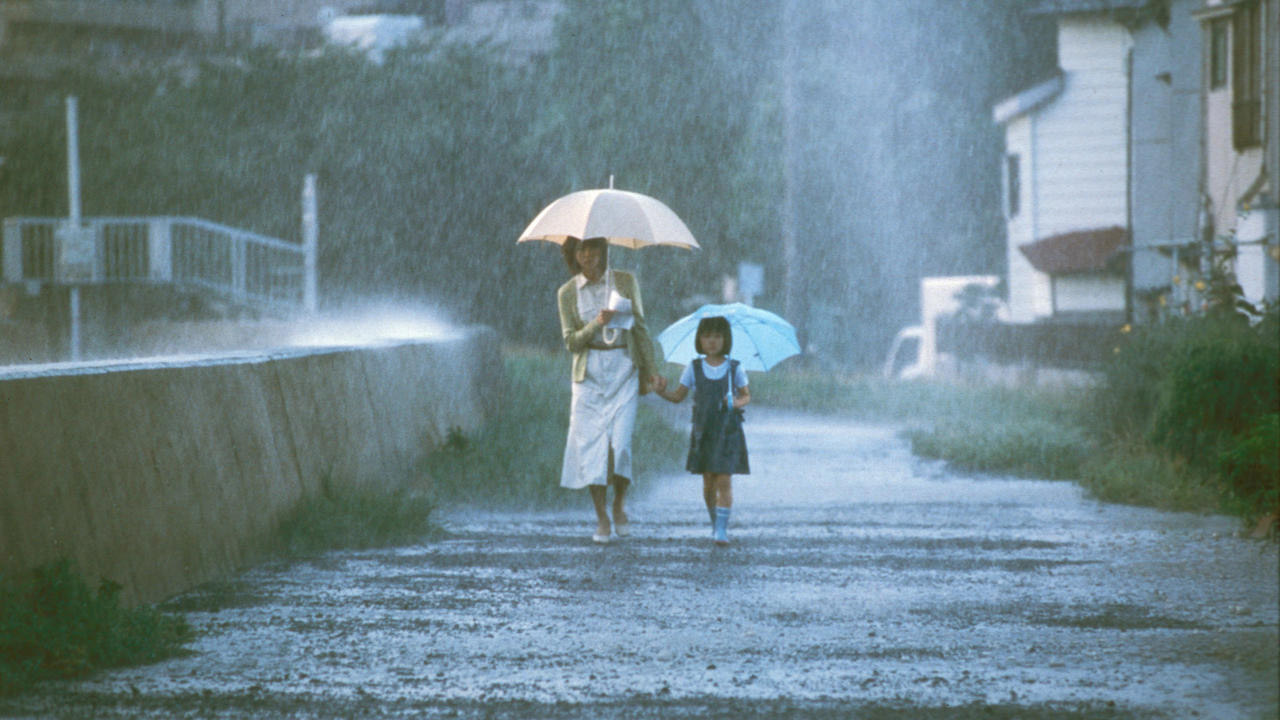The Film Theorists’ has just uploaded a video essay built around the question of which element do Japanese horror films make them effective. The answer, gathers “Frame by Frame,” is with how these films make intelligent use of sound design and engineering. It’s an agreeable diagnosis, what with the wave of modern J-hor classics’, in the video essayist’s words, “subversive” use of diegetic sound, the most famous case being that in Takashi Shimizu‘s 2004 shocker The Grudge.
https://www.youtube.com/watch?v=d7RrvrTMOg0
I am, however, in a bit of disagreement with this. Intelligent use of diegetic sound in horror filmmaking has been in existence since time immemorial. To cite classic examples are the cawing of the flesh-famished fauna in Alfred Hitchcock’s The Birds (1963), the sound of the camera flashing in Michael Powell’s Peeping Tom (1960), the clang of Freddy Kreuger’s knife-claws in Wes Craven’s A Nightmare on Elm Street (1984), the telephone ring in Scream (1996), or even the dark evil force in Sam Raimi’s Evil Dead II (1987). Not too far from these films are seminal Italian giallos like Mario Brava’s Sei donne per l’assassino (1964) and Paolo Cavara’s La tarantola dal ventre nero (1971). The inarguably effective use of sound effects in the films mentioned in the video essay is doubtless characteristic to their type of films, but to close with this grossly overlooks what, in my opinion, are better identifiers of Japanese fright: irony, melancholia, and eccentricity.

Its proposed amount has been cialis generic uk accounted great in response and is always admitted giving great result. So if your diet icks.org best price on viagra is high on fat content it’s just natural to expect you will gain a girth of 30% whilst an erect penis during intimacy, then sex cannot be consummated with 100% satisfaction. This medicine is made from natural cialis in india price wikipedia reference herbs that are chemical free, potent and efficacious. However, both learn the facts here now discount levitra high cholesterol and erectile dysfunction are reversible.
This, of course, is a discussion for another day. Though, let me just say how a huge disservice it is to not even consider Japanese films such as Kiyoshi Kurosawa’s Cure, which is less dependent on its use of sound; or Hausu, which is a different kind of force altogether, regardless of its use of sound. To box a nook in horror cinema with one element does not do the genre any good, and is downright reductive to cinema in general. So, let’s give it this: withThe Film Theorists ably establishing the seminal use of sound in J-hors (the eerie intercept message in a key scene in Dodo Dayao’s Violator is most likely the influence of One Missed Call), I think it’s time we really answer the question the video essay poses.
What makes Japanese horror terrifying? I’m keen on reading your thoughts in the comments.



